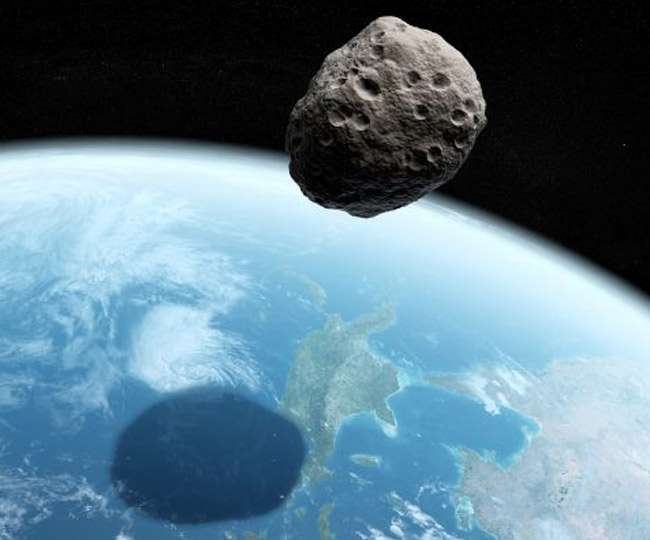

Add in astronomers’ work observing Bennu from the ground before OSIRIS-REx was even an idea and scientists have about 20 years of data tracking a single space rock. The delivery will give scientists the rare opportunity to study asteroid material using all the sophisticated equipment terrestrial laboratories have to offer.īut scientists don’t need to get their hands on that sample material to dig into the spacecraft’s two and a half years of observations. In May, the spacecraft and its precious cargo bid farewell to the asteroid and turned back for Earth, where OSIRIS-REx will deposit the sample capsule in September 2023.

The spacecraft’s visit to the asteroid culminated in October 2020, when OSIRIS-REx snatched a sample of Bennu to stash away.

Using that data, the team behind the new research were able to fine-tune their understanding of the space rock’s location and movement for nearly two and a half years. Throughout that time, the spacecraft constantly logged its location with respect to Earth and to the asteroid. “We were able to go into orbit, we were able to leave orbit, we were able to get into a variety of imaging angles.” “The trajectory of the spacecraft was really amazing - I compare it to a hummingbird,” Dante Lauretta, a planetary scientist at the University of Arizona, the principal investigator for OSIRIS-REx and an author on the new research, said during the news conference. OSIRIS-REx (formally known as Origins, Spectral Interpretation, Resource Identification, Security-Regolith Explorer) launched in September 2016 and slipped into orbit around the asteroid Bennu in December 2018.Īfter its arrival, the spacecraft spent nearly two and a half years studying the space rock from orbit, swooping in, hovering overhead and inspecting the rock in every way possible.

I think that, overall, the situation has improved. “I think that, overall, the situation has improved.” Precision counts “The impact probability went up just a little bit but it’s not a significant change, the impact probability is pretty much the same,” lead author Davide Farnocchia, who works at NASA’s Center for Near Earth Object Studies in California, said during a news conference held Wednesday (Aug. And besides, the lessons the research offers for asteroid trajectory calculation could reduce concerns about potential impacts by other asteroids more than enough to compensate. Technically, that’s a small increase in risk, but the scientists behind the new research say they aren’t worried about a potential impact. (Image credit: NASA/Goddard/University of Arizona) Read more: How OSIRIS-REx’s team creates those asteroid Bennu photosĪn image of the asteroid Bennu produced by the OSIRIS-REx mission. Related: NASA spacecraft leaves asteroid Bennu to bring pieces to Earth While a slightly higher risk than past estimates, it represents a minuscule change in an already minuscule risk, NASA said. Estimates produced before OSIRIS-REx arrived at the space rock tallied the cumulative probability of a Bennu impact between the years 21 at 1 in 2,700, according to NASA. And with that incredibly detailed view of the asteroid, experts studying potential space rock impacts with Earth have been able to fine-tune their existing models of Bennu’s future.Īs a result, scientists behind new research now say they’re confident that the asteroid’s total impact probability through 2300 is just 1 in 1,750. The agency’s OSIRIS-REx spacecraft spent more than two years closely orbiting the space rock. If the possibility of an asteroid called Bennu slamming into Earth a lifetime from now was keeping you up at night, NASA scientists think you can rest a little easier.


 0 kommentar(er)
0 kommentar(er)
